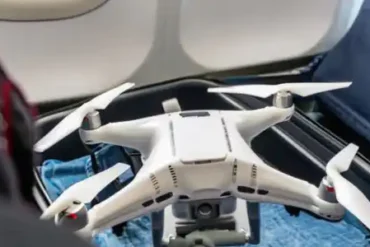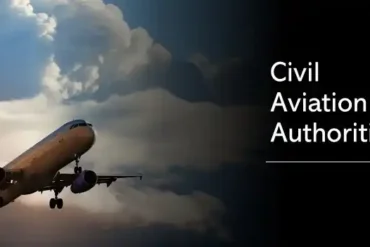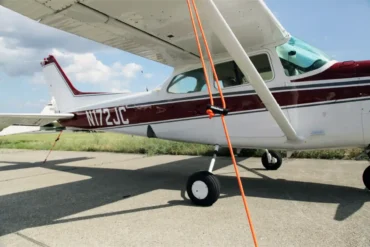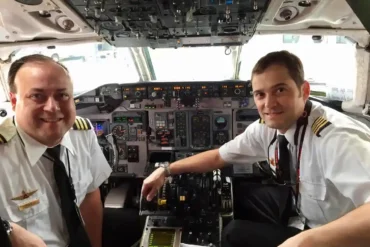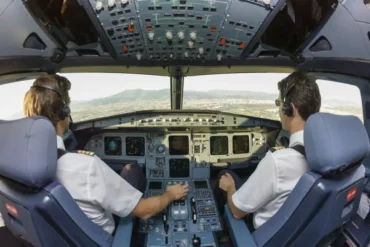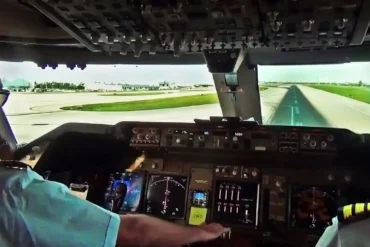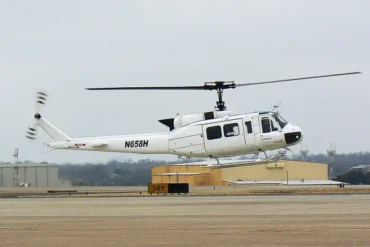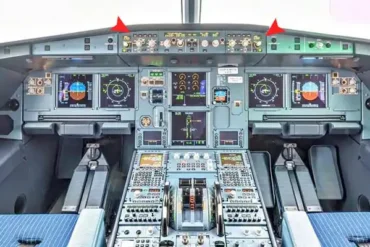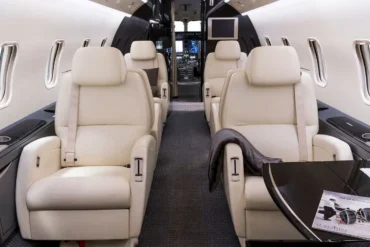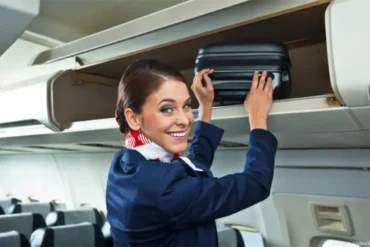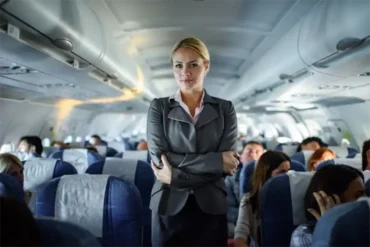Hey there! You might’ve heard that pilots can’t fly if they wear hearing aids. Well, guess what? That’s not true! If you use hearing aids, you can totally become a pilot as long as you can pass the FAA hearing test while wearing them. This even applies to cochlear implants. Pretty cool, right?
Sometimes, pilots might only use their hearing aids on the ground, depending on how well they work with headsets and airplane systems. It’s all about finding what works best for you.
The FAA Hearing Test
Every pilot needs to pass a hearing test to get their license. It’s a big part of the medical exam you need to get your medical certificate.
When you take the test, if you wear hearing aids, you’ve got to use them exactly as your medical certificate says. No cheating!
The FAA hearing test has a few parts:
The Chatty Test
For this one, you’ll stand six feet away from the doctor with your back turned. Then you’ll need to show that you can hear a normal conversation in a quiet room using both ears. Easy peasy!
The Beep Test
If you don’t pass the chatty test, don’t worry! The doctor will give you the beep test. You can’t wear your hearing aids for this one, though.
The beep test uses a special machine to send sounds into your ear and vibrations through your bone. It checks which frequencies you can hear more than half the time. This test is great for finding out if you have:
- Problems with your outer or middle ear (conductive hearing loss)
- Problems with your inner ear or nerves (sensorineural hearing loss)
There are some minimum levels you need to hit to pass this test. Don’t stress if you don’t pass the first one – you can take either test first if you want.
The Word Test
If you don’t pass the beep test or the chatty test, you’ll get to try the word test.
This test checks how well you can hear and understand speech. You’ll listen to words through headphones at different volumes and repeat what you hear. It helps figure out if you have conductive or sensorineural hearing problems.
To pass this one, you need to get at least 70% right in one ear at a volume below 65 decibels. You’ve got this!
What If You Don’t Pass Any of the FAA Hearing Tests?
Don’t panic if you don’t pass any of these tests. You might still be able to get something called a Statement of Demonstrated Ability (SODA).
What’s a Statement of Demonstrated Ability (SODA)?
A SODA is like a special pass from the FAA. It lets you get a medical certificate (with some rules) even if you don’t meet the usual hearing test requirements.
If you don’t pass all the tests, it probably means you have some hearing issues that might limit your flying. With a SODA, you might not be able to fly in areas where you need to use the radio.
But here’s the good news – you might be able to get a SODA that lets you use the radio anyway!
If you’re a student pilot, you might get some limits on your certificate (like not flying where you need to use the radio). When you’re ready for your check ride, you can ask for an FAA inspector to do a Medical Flight Test at the same time.
How Do You Get a Statement of Demonstrated Ability (SODA)?
To get a SODA, you need to apply through the FAA’s Aerospace Medicine Certification Division.
To qualify, you’ll need to do one of these things:
- Get checked out by an ear, nose, and throat doctor
- Take a Medical Flight Test
- Show that you have previous flying experience
The SODA Medical Flight Test
The Medical Flight Test for a SODA is a flight with an examiner to see how much your medical issue affects your flying.
During the test, they’ll check if you can hear important sounds in the cockpit while you’re flying.
These sounds include things like engine power changes, potential stalls, visual cues, and warning signals that tell you about any dangers or mechanical problems.
If you have hearing loss and other symptoms like dizziness, you might need some extra tests before the FAA’s Aerospace Medicine Certification Division gives you the thumbs up.
Can Commercial Pilots Wear Hearing Aids?
Absolutely! Commercial pilots can wear hearing aids if they can pass the FAA hearing test and get the right medical certificate.
Aviation Headsets and Hearing Aids
When it comes to aviation headsets and hearing aids, it’s usually best to take out your hearing aids before you fly.
The main job of an aviation headset is to make things quieter, while a hearing aid makes things louder. Using them together is like taking a sleeping pill with a cup of coffee – not a great combo!
Another thing to think about is how well your hearing aids fit with the headset. Big behind-the-ear hearing aids might not fit comfortably under smaller headsets. On the other hand, tiny in-ear hearing aids might work better with aviation headsets. But they might not work well with on-ear headsets like the David Clark Pro-X.
It’s a good idea to try out your hearing aids with different brands and types of aviation headsets before you buy one.
You might also run into trouble using your hearing aid with headsets that have Active Noise Reduction (ANR) technology. The fancy electronics in an ANR headset might not play nice with your hearing aids. If your hearing aid is turned up too loud or not in your ear right, it could cause a weird feedback loop that makes the headset stop working. Older ANR headsets usually have more problems with this than newer ones.
The good news is that using an ANR headset is still worth it, so keep trying until you find one that works for you. Luckily, many newer ANR headsets work well with hearing aids.
Make sure you buy a headset with a 30-day return policy so you can really test it out with your hearing aids.
If you’re not sure about keeping your hearing aids in while flying, it’s probably better to take them out and just use the headset controls. You should be able to hear clearly by adjusting the volume. Unless you absolutely need to, it’s best not to wear hearing aids while flying – the fewer things that can go wrong in the cockpit, the better!
Do your homework on different models from good companies with nice return policies. You might also want to talk to your hearing doctor about adjusting your hearing aids to work better with your favorite headset.
Wrapping It Up
Hearing loss is pretty common, but it doesn’t have to stop you from becoming a pilot. If you can pass the FAA medical hearing test and get a medical certificate, you’re good to go with hearing aids while flying. But it’s usually better to take out your hearing aids before you fly and just use an aviation headset. Make sure you research different aviation headset models and check that they work well with your hearing aids before you buy one.
If you have any questions about flying with hearing aids, it’s a good idea to talk to an Aviation Medical Examiner (AME). They can help you figure out if you can get an FAA medical certificate.

